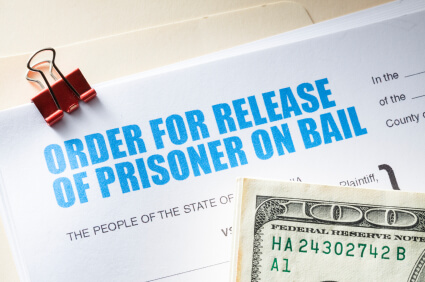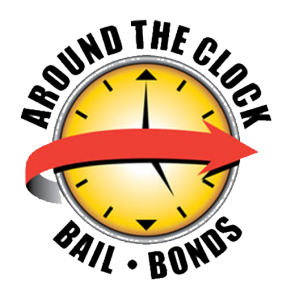What is a PR Bond?
Today we are going to talk about PR bonds. All hope is not lost if you are charged with a crime, you have pretrial options and one of them is the PR bond. A PR bond, also known as a Personal Recognizance Bond, is when a Judge allows the defendant to be released without any deposit or collateral. Defendants still have to promise to appear in court even though they had their bond conditions removed. These bonds are very rare, and if they are granted then the release is on their personal recognizance.
How are PR Bonds obtained?
To be granted a PR bond, the judge takes in a number of factors such as the type of case it is, if it was violent or non-violent as well as the defendant’s criminal history. Other things the judges look for are if they have a good standing in the community in which they reside. These will be typically granted if the defendant has no criminal history, in other cases the defendant may need to write a one-page letter to the judge explaining the situation. This motion could go through the title of Motion for Personal Recognizance Bond or Motion for Bond Reduction.
After the motion has been submitted you have to request and set a date for evidence to be provided for why the defendant needs the PR bond. The opportunity to receive a PR bond is very rare and aren’t necessarily given out frequently, so defendants must be prepared to give a good case the first time they apply for it.
Should I get a PR bond?
There are many advantages to getting a PR bond. The first is that you are not incarcerated during the duration of your court case, so you will be able to be at home with friends and family and not in jail. The second big advantage is that you are able to avoid a bond deposit. This does not mean however that it’s completely free and you may need to pay additional undisclosed costs such as having to visit a probation officer for a cost or signing up for a class. Since PR bonds are exclusively given out by a judge, you may have to wait and indefinite amount of time until the judge is ready to see you, so you have no guarantee on when exactly you will be out if you go for the PR bond.









